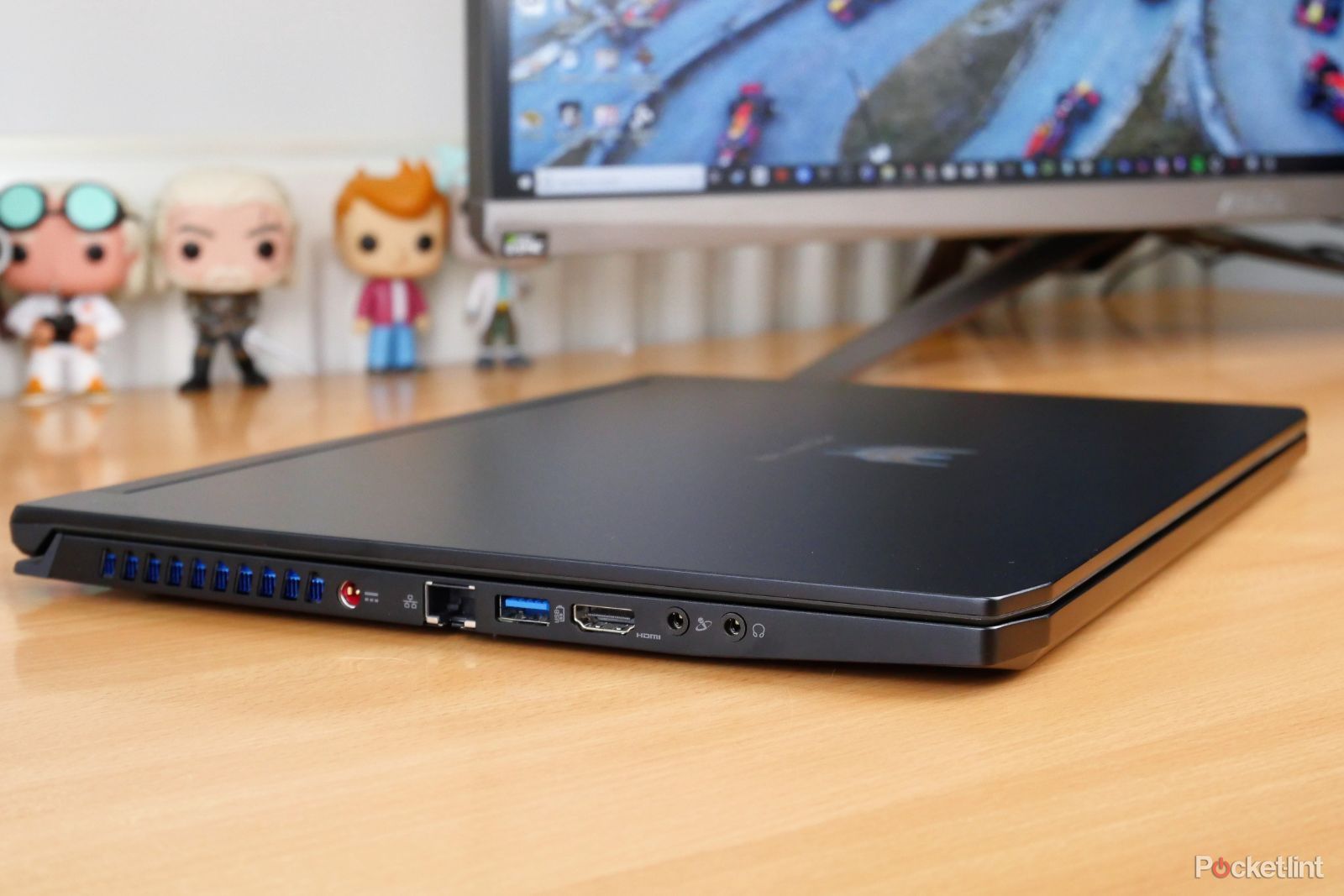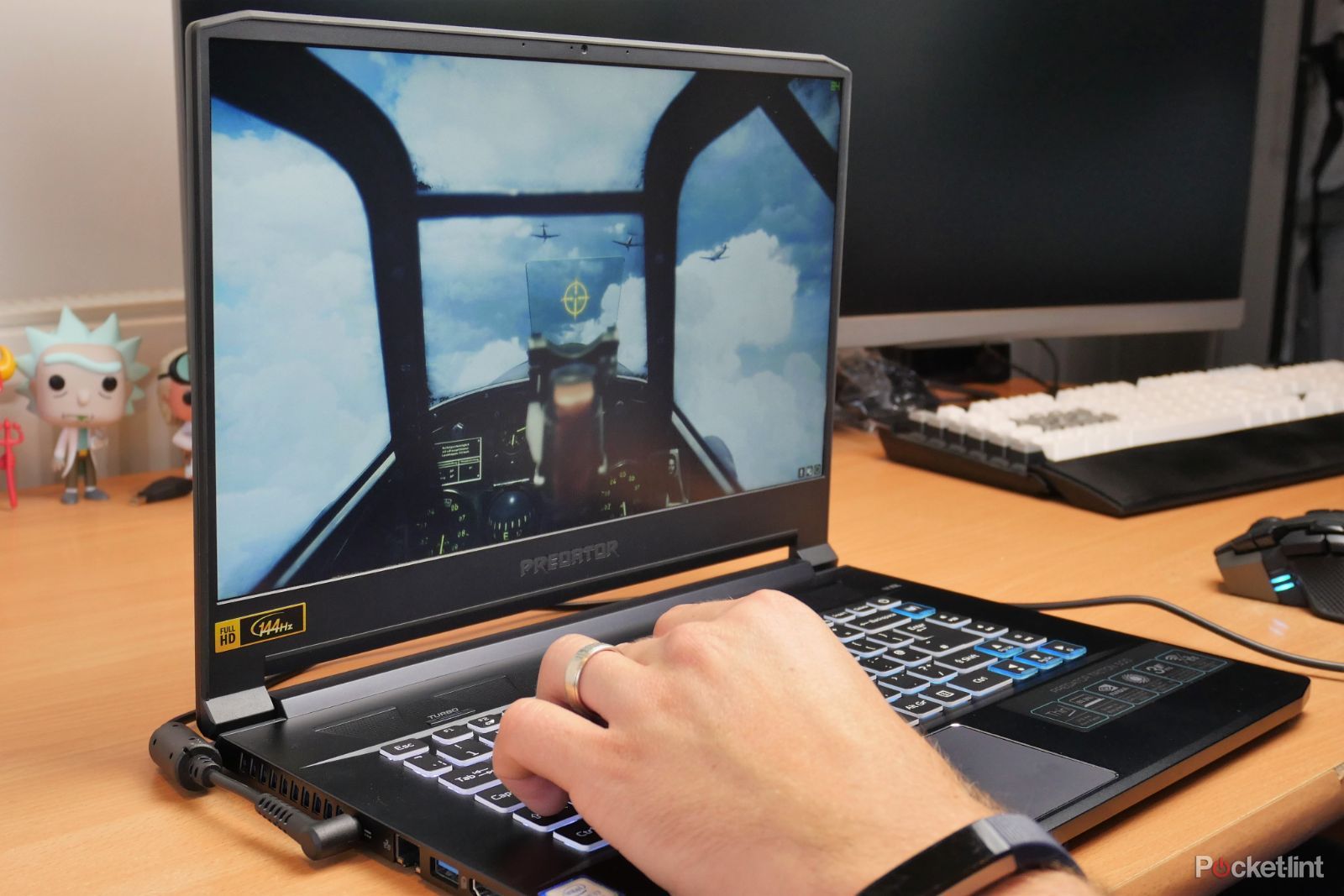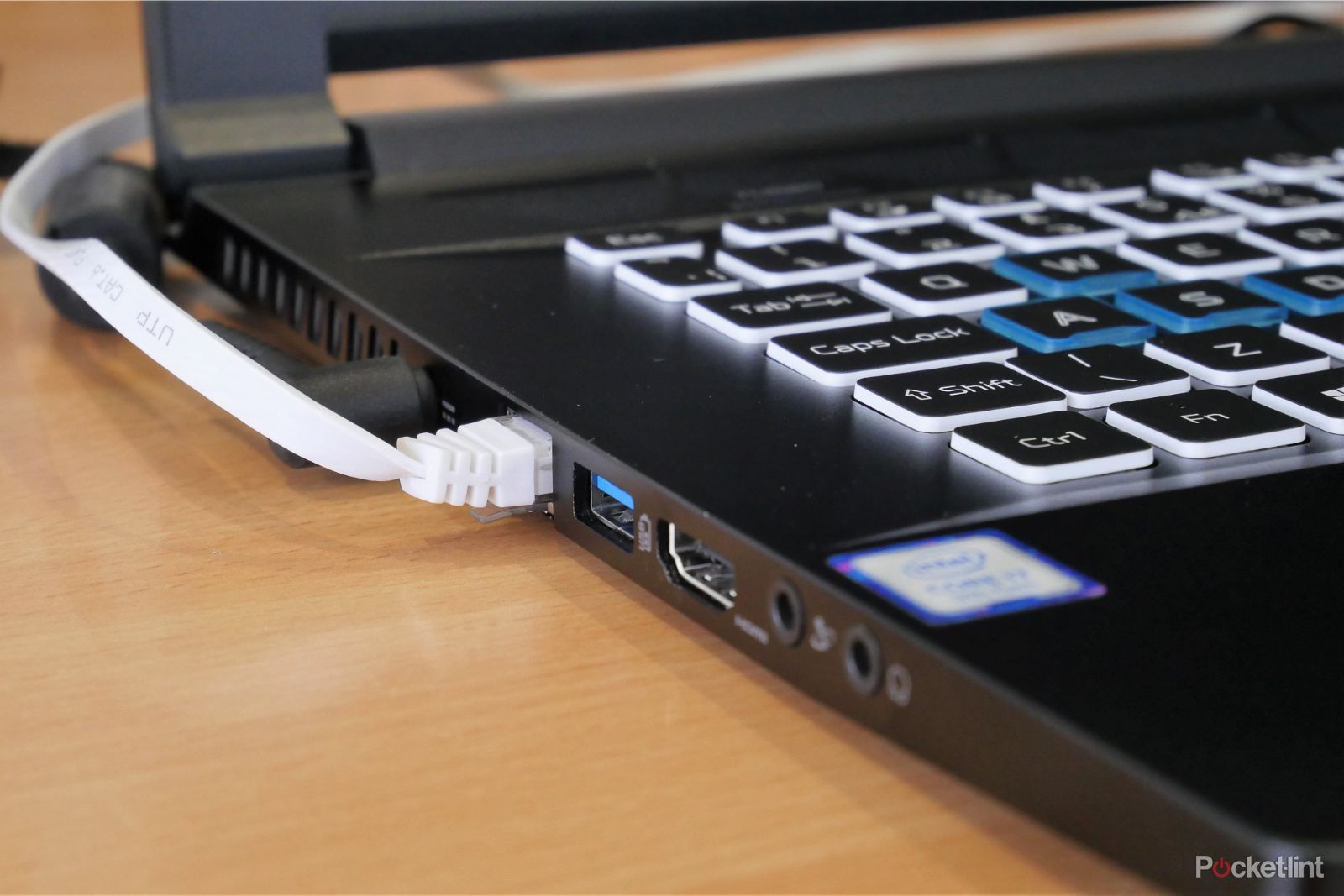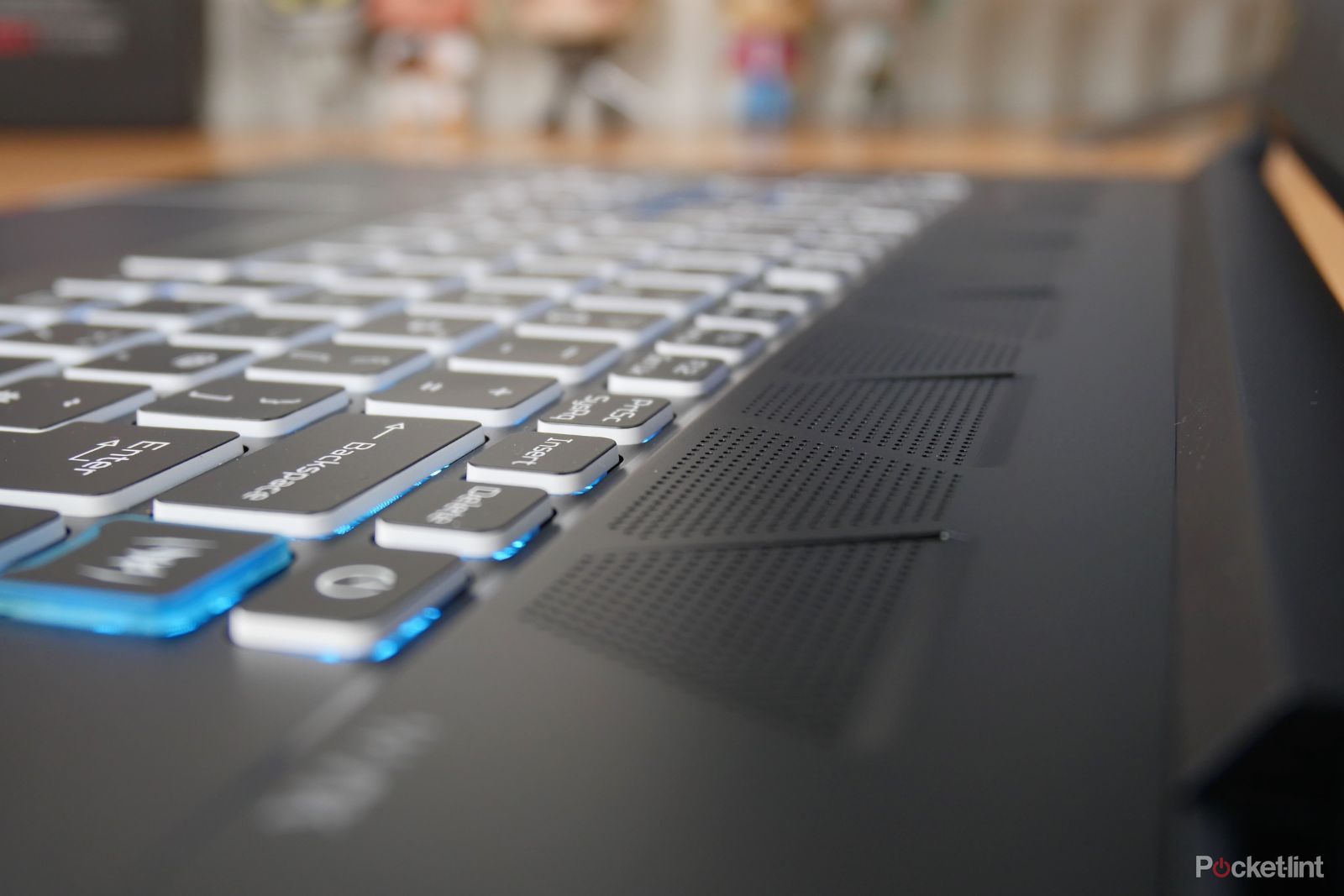Over the last couple of years we've seen more and more thin gaming laptops coming to market from various manufacturers. Now it seems Acer is jumping on that bandwagon with a high-end premium device that's 'forged thin': the Triton 500.
If you've always thought gaming laptops to be too chunky, heavy and garish to be used anywhere besides a dark mancave, then the Triton 500 might well be for you.
Our quick take
All-in-all, it's hard to pick too many faults with the Triton 500. It's a surprisingly good gaming machine with some really neat features, good quality speakers and some serious gaming power under the hood.
Sure, we'd have liked a snazzier and more customisable keyboard and perhaps a 4K display at this price, but overall it's not a laptop to be sniffed at. The 144Hz screen is fairly stunning and the laptop itself is comfortable and easy enough to use anywhere - so long as you're near enough to a power socket.
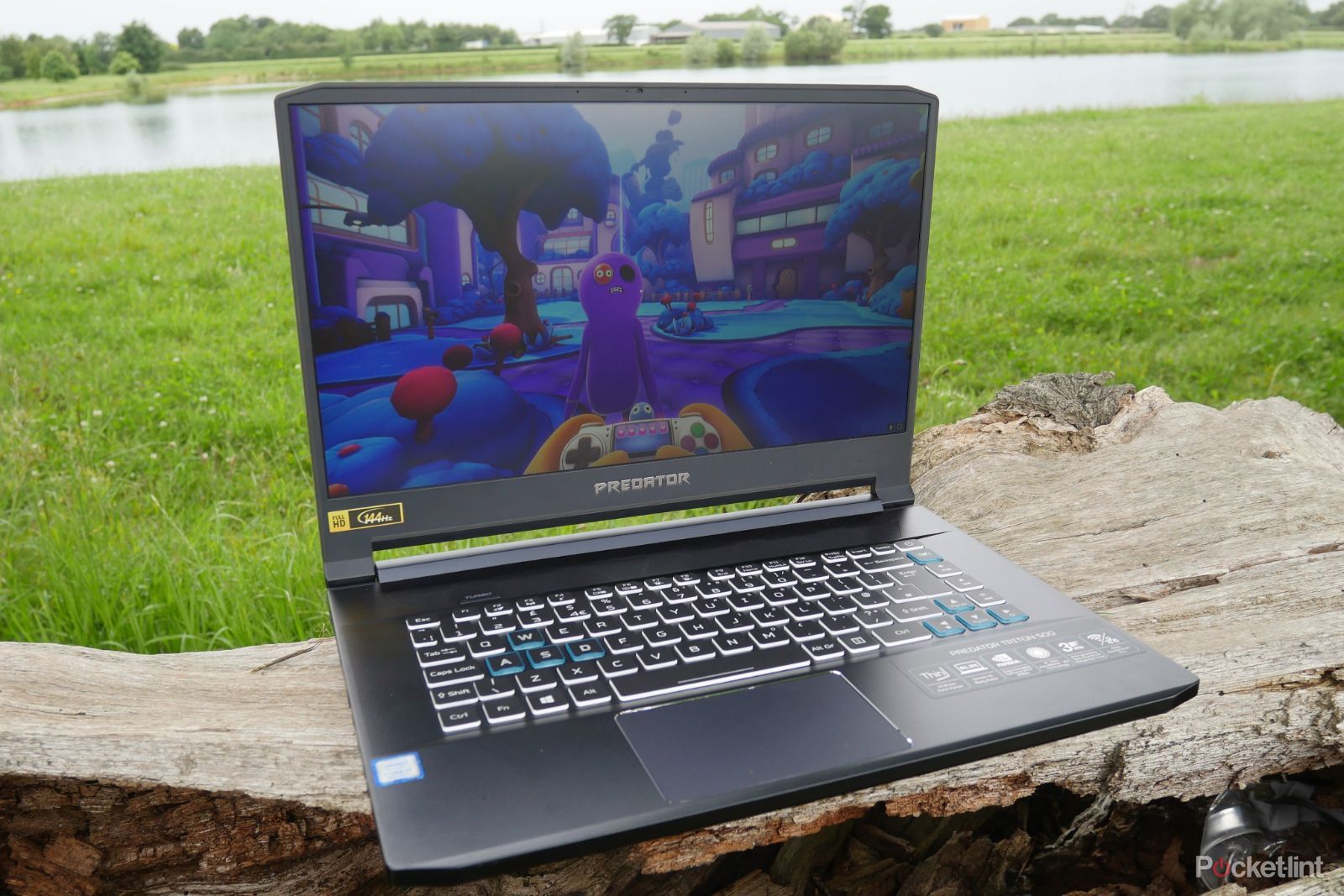
Acer Predator Triton 500 - 4.0 / 5
| FOR | AGAINST |
|---|---|
|
|
Acer Predator Triton 500
High-end power in a compact frame
- Intel Core i7-9750-H CPU, 16GB DDR4 SDRAM 2666MHz (options up to 32GB)
- Nvidia GeForce RTX 2060 GPU (options up to RTX 2080 Max-Q)
- Killer DoubleShot Pro networking, Gigabit Ethernet, 802.11ac Wi-Fi, BT 5.0
- HDMI, DisplayPort mini and USB-C Thunderbolt
- 3x USB 3.1 Gen 1 and 1x USB 3.1 Gen 2 ports
- 512GB NVMe SSD (options up to 1TB)
- Thickness: 17.9mm / Weight: 2.1kg
- Abyssal black metal chassis
With the Acer Predator Triton 500, Acer is essentially following suit of other brands like Asus, Razer and MSI - which are regularly battling it out to create the thinnest and best. But what makes the Acer laptop interesting is not that it's thin, but that it's designed with no compromise to power.
The Triton 500 packs some serious punch under its 'Abyssal black' metal chassis. At the top end, you get an Intel Core i7-9750-H CPU, 32GB of DDR4 2666MHz RAM, 1TB of NVMe PCIE SSD storage, and an Nvidia GeForce RTX 2080 Max-Q. You also get an eye-watering price tag of $2,999. Such decent specs make it capable of running all the latest games on ultra settings and with a 20-series GPU, it's also able to manage ray tracing compatible games with relative finesse too.
The model we tested is available at a much more palatable price, while offering decent spec. It also has a fairly easy-on-the-eye frame that is hard not to compare to the Razer Blade 15. The Triton 500 stands out a little bit more than the Razer though, with some cool blue accents around the venting, backlit Predator logo, WASD keys, a funky looking membrane keyboard, and multitude of connectivity ports.
The Triton also has a more premium feel to it than previous Acer gaming laptops we've tested, but we'd expect that with such a high-end gaming machine. It's nicely subtle though, even the backlighting on the keyboard isn't too overstated. So, perhaps other than the loud-and-proud Predator logo on the rear, you could get away with using this in the office or classroom as much as you could using it for a good gaming session.
One area the Acer Predator Triton 500 doesn't disappoint in with its connections. There's an Ethernet port as standard - a rare thing on compact laptops nowadays. The Killer DoubleShot Pro networking tech also means you get a problem free Wi-Fi connection too.
The four USB ports means you can plug in all manner of peripherals too. The fact there's an HDMI port on one side and DisplayPort mini connection on the other makes the laptop nice and flexible. It would be easy to plug in the HTC Vive or Oculus Rift S and game on this machine or just set it up on a desk with your favourite gaming mouse and keyboard.
It's also nice having a fast NVMe SSD drive as the standard main drive. This means it takes a blink of an eye to boot into Windows and games launch swiftly too. The only downside is the drive is only 512GB, which means it fills up quite quickly if you have a large Steam library.
An area that thin gaming laptops usually compromise on is cooling. A compact frame often means less space for fans and airflow. Yet our experience with the Triton 500 shows it performs really well in this area. It does get a tad hot on the underside when gaming on your lap, but using it on a desk it copes really well and doesn't appear to get toasty even when being pushed to the limit.
Fan noise is also not too obnoxious either. Under standard use, we barely even noticed the fans at all and when we did it wasn't particularly distracting. It's also possible to whack the fans up to max to get extra juice out of the machine, but even when doing so, we found the laptop's speakers were often enough to overpower the hum and keep us gaming happily. The built-in microphone also does a good job of accounting for the whirr and doesn't seem to transmit to friends when we were gabbing away via Discord, which is good news indeed.
Stunning visuals and ray tracing capabilities
- 15.6-inch IPS 1080p 144Hz display, 3ms response time
- 81.3 per cent screen to body ratio
- 300nit brightness, 72 per cent NTSC colour gamut
- Ray tracing capable GPU options
- 4th Gen AeroBlade 3D Technology
- 3DMark benchmark scores: Sky Diver, Fire Strike, Time Spy, Timespy Extreme Port Royal, DLSS
As you'd expect at this price point, the Acer Predator Triton 500 is a more-than-capable gaming machine. The latest and greatest Nvidia GPU means you get the ability to play ray-traced games and latest triple-A titles on max settings with relative ease.
To make the most of that power, Acer has included a 15.6-inch IPS 1080p 144Hz panel with a 81.3 per cent screen-to-body ratio. The result is a compact laptop that actually feels a lot bigger (in terms of screen space) than it actually is. The screen is not only fairly nifty, but colour rich, boasts decent viewing angles and is bright enough to view outside.
We ran the Triton 500 through its paces with a variety of games including Battlefield V, Superhot, Rainbow Six: Siege, Dirt Rally 2.0 and various VR games on the Oculus Rift S.
It managed to handle everything we threw at it with relative finesse. With ray-tracing and DLSS turned on in Battlefield V, the laptop managed around 60fps and the visuals were satisfying. On other less visually intensive games, it managed to get between 90-120fps - even when powering an external 3440 x 1440 monitor. Elsewhere a benchmarking with Shadow of the Tomb Raider resulted in an average of 43fps and the laptop achieved some above average scores with 3D mark too.
The only downside here is the battery life. We found the 5400mAh Lithium Polymer battery only capable of powering the laptop for around three hours - and that was with battery optimisation turned on, backlighting off and the brightness turned right down. You'll need to be plugged in for gaming and almost certainly need to take the power cabling with you if you're planning on working on it throughout the day. A middling battery life is fairly standard with gaming laptops though, even more so with compact ones, so we won't hold that against the Triton 500 too much.
Software and sound highlights
- Predator Sense software
- Adjustable fan speed, keyboard lighting and overclocking
- One-press turbo boost button for easy overclocking
- Waves maxxAudio system
Beyond the overall design aesthetics and gaming power of this machine, there are also highlights in the software. One such is the Predator Sense software, which powers and controls fan controls, keyboard lighting, monitor performance and more. This can be quick-launched via the button on the right side of the keyboard or via Windows.
The stand-out feature of this laptop though is buried in the Overclocking settings. There are several ways to activate this system and it's designed to give you a quick and easy gaming boost that turns the fans all the way up to 11 and cranks up the hardware power too. A Turbo button above the top left of the keyboard that can be clicked to activate this overclocking mode and turn it on and off on a whim. Alternatively, you can dive into the software and tweak it to your liking, as well as adjusting the fan speed to your preference.
Game Sync settings allow you to select specific games and set custom options for how the laptop performs for specific titles. You can choose keyboard lighting profiles, fan control speeds, GPU overclocking and adjust Acer TrueHarmony sound settings too.
As an example, we told the laptop to set everything to maximum, apply an angry red keyboard hue and 'Gaming FPS' soundscape when we launched Battlefield V. That way we could be sure we were getting the best performance and visuals out of the game without having to faff with settings every time we launched it.
You can also launch the Waves MaxxAudio system, which allows you to tweak the speaker equalisation (EQ) and choose from various audio presets. Where things get extra interesting is when you plug a headset in and turn on camera tracking, which uses the laptop's webcam to engage Waves NX - delivering "3D audio on any headphones". The camera tracks the movement of your head and adjusts the audio to give you a virtual 3D experience with the sound. This might seem gimmicky, but it's actually quite impressive in practice. It is a bit unnerving to have the camera on constantly though, so might not be to everyone's taste.
We like how simple all this software is to use, but also how little you have to use it if you don't want. You can adjust keyboard lighting, screen visuals and kick things into turbo by just pressing buttons on the keyboard instead.
A comfortable keyboard with cool accents
- Compact keyboard layout
- Quiet and comfortable membrane style keyboard
- Concave-shaped keycaps
- Highlighted WASD and directional keys
- Thee zone RGB backlighting
Having a good keyboard is obviously an important part of a decent gaming laptop. The Triton 500 sports a compact membrane-style keyboard with a cool white accent that's designed to be partially see-through to allow for some RGB light bleed. A concave keycap design and accented WASD/directional keys are the other standouts, but for us, comfort is the highlight.
This is a quiet and comfortable keyboard to use for standard typing - just as much as gaming. It performs well under pressure and reacts as it should.
Our only gripe is the layout sees media keys placed a bit too close to the enter key. This led to us regularly mashing the volume controls when trying to start a new paragraph - which is certainly frustrating, but no doubt something you could get used to with time. The delete key is also close to the power button.
In terms of keyboard backlighting, the Triton 500 is not quite as advanced or flexible as other gaming laptops we've tested. The RGB lighting is split into three zones - there's no per-key illumination, for example - with the keyboard essentially split into thirds where you can set different colours for each. You can choose from various basic lighting effects too, but honestly there's nothing here that's going to blow your socks off.
Acer Predator Triton 500
To recap
If you're looking for a thin and powerful gaming laptop then this Acer is a surprisingly good offering with some really neat features, good quality speakers and some serious gaming power under the hood.

